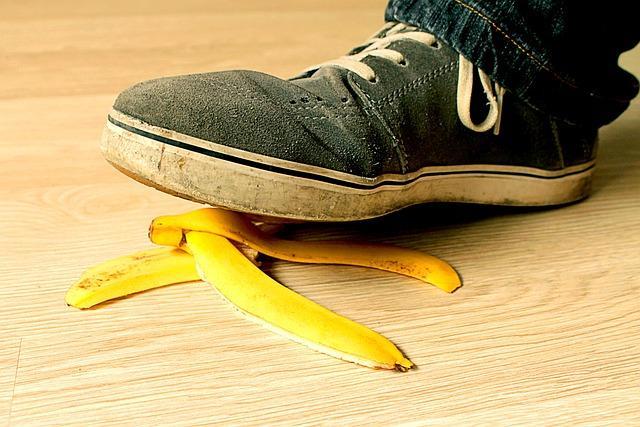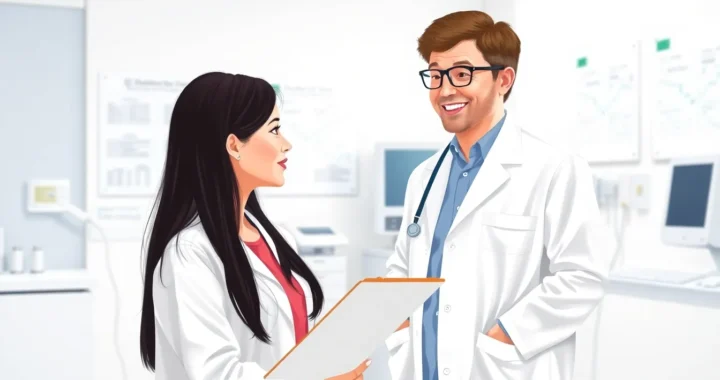How to Gather Evidence for Your Slip and Fall Case

Slips and falls are one of the most dreadful occupational hazards.
According to the Bureau of Labor Statistics, slips, trips, and falls claimed some 865 lives in 2022. Seven hundred of these fatalities were due to falls from elevated heights, underscoring the perilous nature of certain workplaces.
While statistics on the workplace falls pale in comparison to, say, motor vehicle accidents, the risks of sustaining grievous injuries are real. Those threats are higher if you work in industries like construction, warehousing, and restaurants.
If you’re a victim of a slip-and-fall incident and are considering pressing charges, your best bet is to contact an attorney immediately. The lawyer will review the circumstances of the accident and establish if you have a compelling case.
A huge part of preparing slip and fall litigations entails evidence collection. This article provides an expert’s guide on gathering critical evidence after a slip and fall injury.
How Long Before You Start Evidence Collection?
Slip and fall cases have one of the longest statutes of limitation.
Most states allow up to two years before accident victims can file claims or prefer charges against the property managers. States like North Dakota impose an even more generous window of six years.

But as with most personal injury claims, it’s prudent to move swiftly if planning to press charges for a slip and fall accident. As a general rule, evidence gathering should commence immediately after the incident.
Contact your Little Rock slip and fall injury attorney right away and inform them about the ordeal. The lawyer will visit the accident scene for initial assessments before collecting evidence. Depending on the extent of your injuries, your attorney may recommend seeking emergency treatment in the meantime.
Why Contact A Slip And Fall Lawyer Immediately?
Slip and fall accidents can cause grievous harm and, in some cases, wrongful deaths. While external injuries may appear horrifying, the internal ones should worry you more.
The first instinct for most slip-and-fall victims is to file a claim against the negligent parties. However, no amount of reparation can recover a lost life.

So, it’s best to check into the nearest medical facility and have any injuries treated.
Contacting a slip-and-fall lawyer is a critical step in deciding to seek medical treatment. With the attorney on-site, you can rest assured every single piece of evidence will be documented and preserved in accordance with applicable laws.
Seeking immediate legal assistance after a slip and fall lets you collect evidence before the accident scene is contaminated. The fresher the evidence, the more admissible it is.
Steps for Evidence Collection After a Slip and Fall Injury
Incident Documentation
Incident documentation entails making a written account of the circumstances surrounding the slip and fall. Specify where the fall occurred, the injuries sustained, and any equipment or machinery involved.
Particularly pay attention to conditions that could have contributed to the fall or exacerbated your injuries, such as poor lighting and slippery surfaces.
Be sure to also indicate if the facility is equipped with any warning signs and, if so, whether the alarm bells went off prior to the accident. The absence of reliable warning systems may constitute sufficient grounds for negligence.
Collecting Visual Evidence
After documenting a slip and fall incident in writing, proceed to collect visual evidence.
Grab your smartphone and photograph the accident scene, focusing on the areas highlighted in your incident document. Photographs can capture minute details that you could have missed in your incident report.
Remember to also video the scene, especially if trying to document audiovisual evidence.
NB: Collecting visual evidence is highly recommended, even for facilities equipped with surveillance cameras. It’s a solid backup if someone tampers with the security surveillance footage.
Taking Witness Statements
Witness statements are integral to slip-and-fall evidence, helping reinforce your credibility and solidify your case. Usually, the challenge is finding people that are willing to testify.

The general rule is to approach the witnesses right away when the details are still fresh in their memory. This helps to prevent narrative changes and provides an unbiased perspective on the incident.
Ask open-ended questions and remain objective throughout the interviews. Particularly note what the witness saw or heard and how they responded to the accident.
Getting Medical Reports
Seeking medical attention following a slip and fall injury helps treat any injuries, including non-visible ones like spinal damage. Besides, the doctor will assess your case and construct a medical report which may serve as evidence in a claims case.
The medical expert will start by performing physical examinations to detect any physical injuries. They’ll then check for internal damage using X-rays and blood tests.
Finally, the doctor will review your medical history to rule out any risk factors. Note that the presence of conditions that predispose people to falls, such as epilepsy and arthritis, can adversely affect your case.
Wrap Up
Deciding whether to press charges after a slip and fall injury can be overwhelming, particularly if it pits you right against your employer. Working with a professional attorney guarantees the surest path to justice.
A slip-and-fall lawyer will gather critical evidence and help build a compelling case on your behalf. The attorney will also handle all settlement negotiations, manage communications with the other party’s insurer, and represent you in court if the matter ends up in trial.

 Runway AI Video Generator Free: How EaseMate AI Makes It Simple for Everyone
Runway AI Video Generator Free: How EaseMate AI Makes It Simple for Everyone  How Can Gasteromaradical Disease Be Treated? Discover Effective Relief Strategies Now
How Can Gasteromaradical Disease Be Treated? Discover Effective Relief Strategies Now  HCS 411GITS Error Codes: Unlock Quick Fixes and Boost Tech Efficiency
HCS 411GITS Error Codes: Unlock Quick Fixes and Boost Tech Efficiency